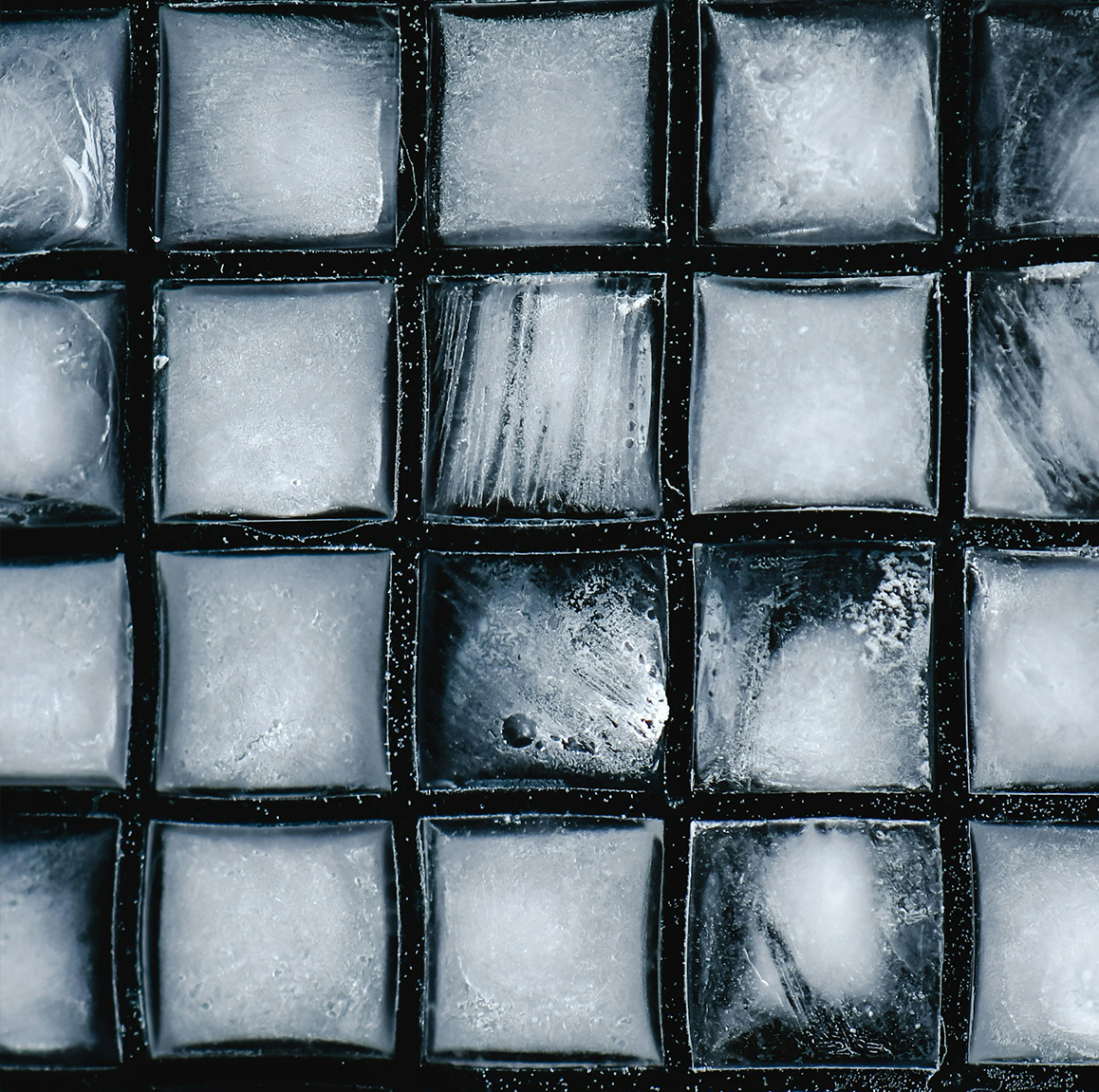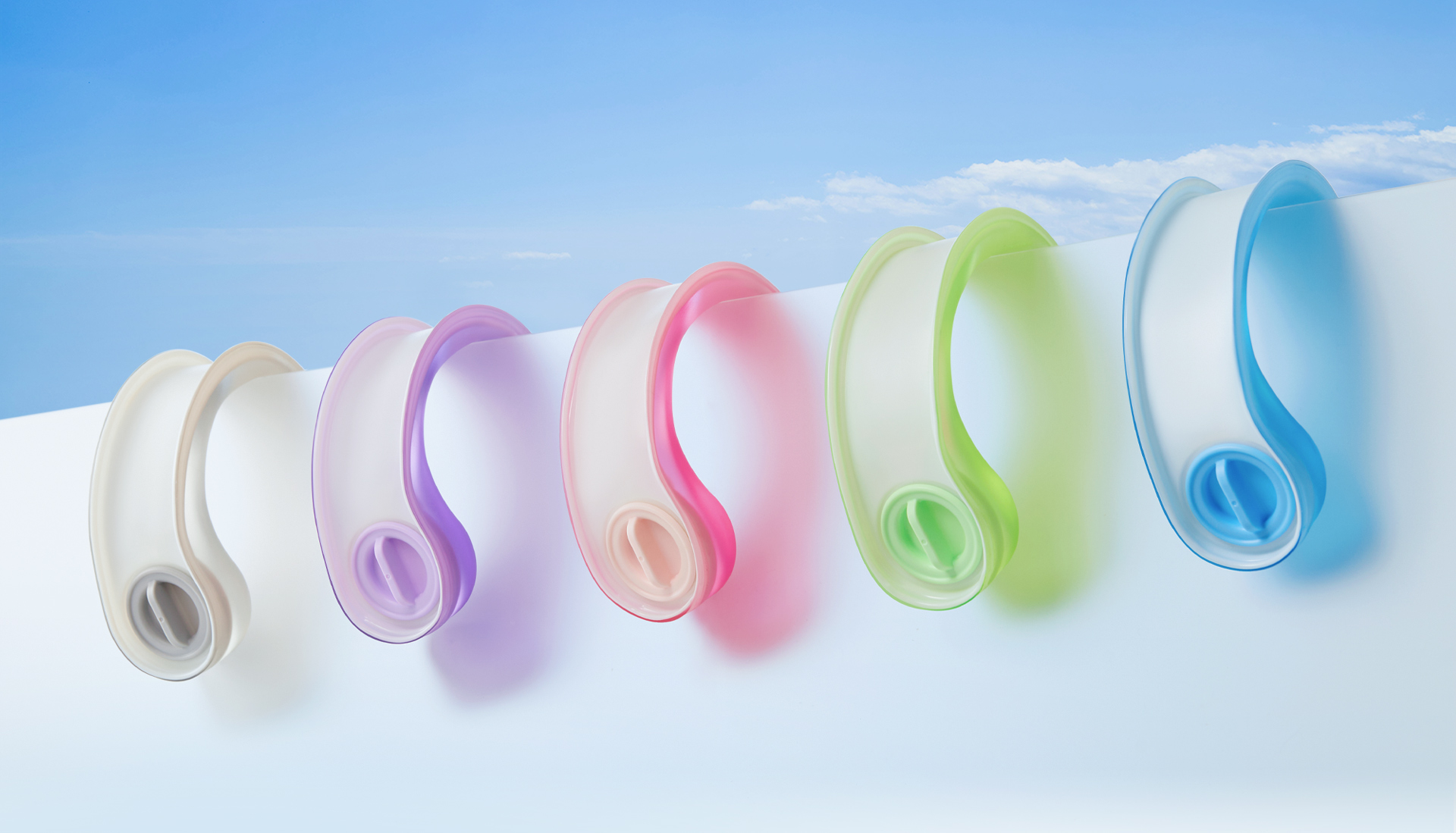
Ice pack is commonly used in daily life to cool down, whether to alleviate discomfort from prolonged heat or to provide simple exercise treatment. However, you may burn from an ice pack because of improper using. This blog will introduce the symptoms and causes of ice burn and provide appropriate treatment methods.
Introduction of Ice Burn
Ice burn occurs when ice or other extremely cold objects come into contact with and damage skin tissue. The water in skin cells can freeze, forming sharp ice crystals that damage the cell structure. Blood vessels constrict, reducing blood flow and oxygen delivery to the area, causing further injury.
Causes of Ice Burn
Ice burn usually occurs after prolonged exposure to freezing or sub-zero temperatures. They can result in numbness, blisters, and other symptoms. For example, if ice packs or cold compresses used for muscle soreness are applied directly to bare skin, they can cause ice burn. Long-term exposure to snow, cold weather or high-speed wind can also cause ice burn. Placing a cold pack directly may lead to ice burn on skin.
Symptoms of Ice Burn
Ice burns often resemble other types of burns, such as sunburns. You might notice changes in the color of the affected skin. Other potential symptoms include:
· Numbness
· Itching
· Tingling
· Pain
· Blisters
· Skin that feels unusually firm or waxy
How to Treat Ice Burn
To treat an ice burn, first remove the cold source and gently warm the skin to return it to a normal temperature. Methods to warm the skin include:
1. Soak the affected area in warm water for 20 minutes. The water temperature should be around 104°F (40°C), not exceeding 108°F (42.2°C).
2. If needed, repeat the soaking process, resting for 20 minutes between each soak.
3. In addition to warm water treatment, you can use warm compresses or a heated blanket. (Be careful not to use excessive heat, as this can worsen the ice burn.)
4. If blisters or open wounds develop, clean the area and bandage it to help prevent dirt or bacteria from entering. Use non-stick gauze.
5. Seek medical attention if you show signs of severe tissue damage, such as skin remaining cold or hard after attempting to warm it. Also, ask for doctor if you show signs of infection, such as changes in burn color, pus, or fever. Don't ignore ice burn from ice pack.
Summary
Using cooling products properly can effectively relieve discomfort from high temperatures and provide necessary cold therapy after exercise, promoting recovery and reducing pain. However, it is crucial to pay attention to the method and duration of use to ensure safety and effectiveness.
